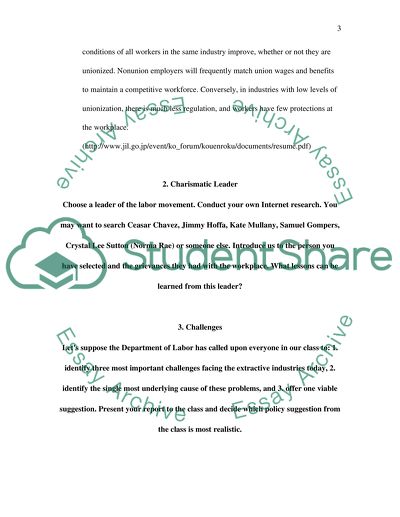Cite this document
(The Major Challenges Facing Labor Unions Today Assignment, n.d.)
The Major Challenges Facing Labor Unions Today Assignment. Retrieved from https://studentshare.org/human-resources/1534429-soc-318-question-set-2
The Major Challenges Facing Labor Unions Today Assignment. Retrieved from https://studentshare.org/human-resources/1534429-soc-318-question-set-2
(The Major Challenges Facing Labor Unions Today Assignment)
The Major Challenges Facing Labor Unions Today Assignment. https://studentshare.org/human-resources/1534429-soc-318-question-set-2.
The Major Challenges Facing Labor Unions Today Assignment. https://studentshare.org/human-resources/1534429-soc-318-question-set-2.
“The Major Challenges Facing Labor Unions Today Assignment”, n.d. https://studentshare.org/human-resources/1534429-soc-318-question-set-2.


